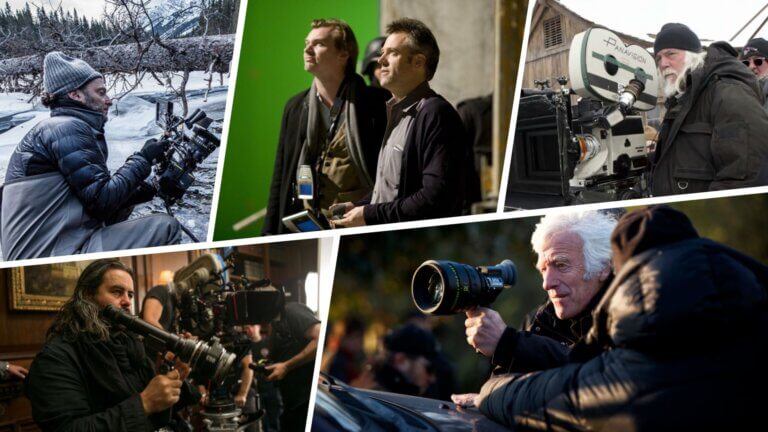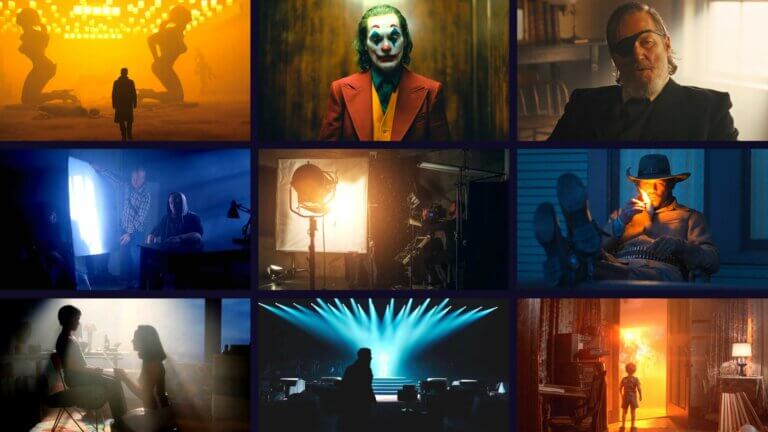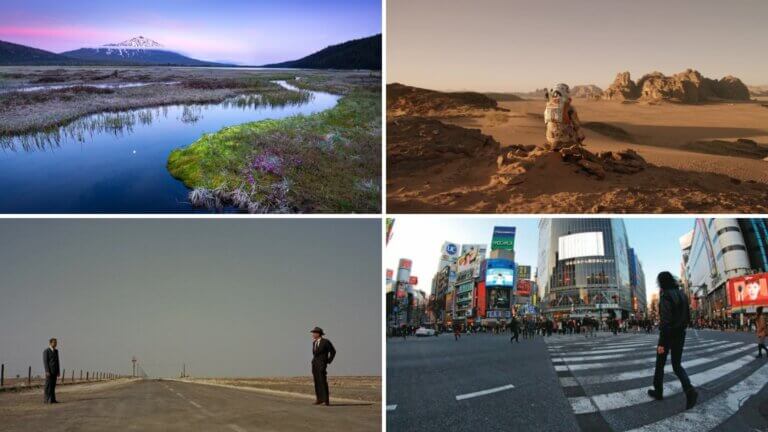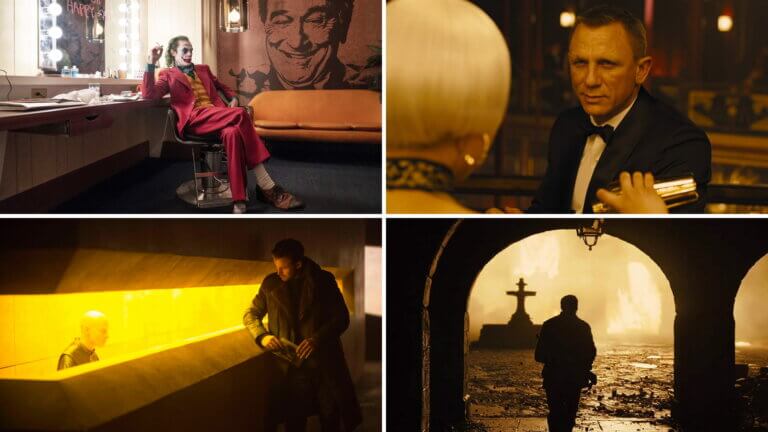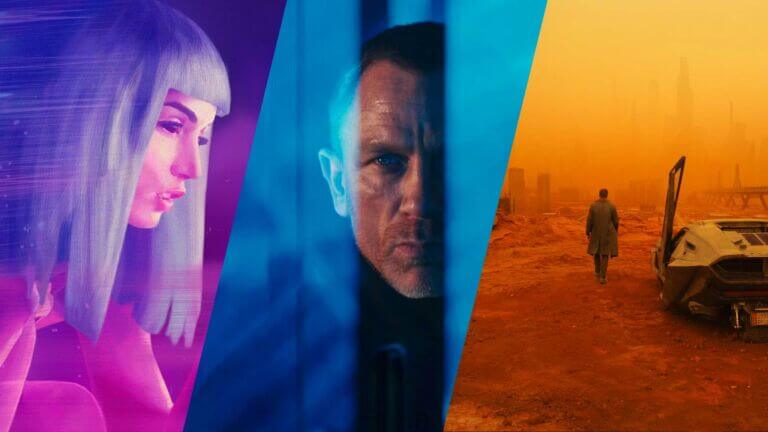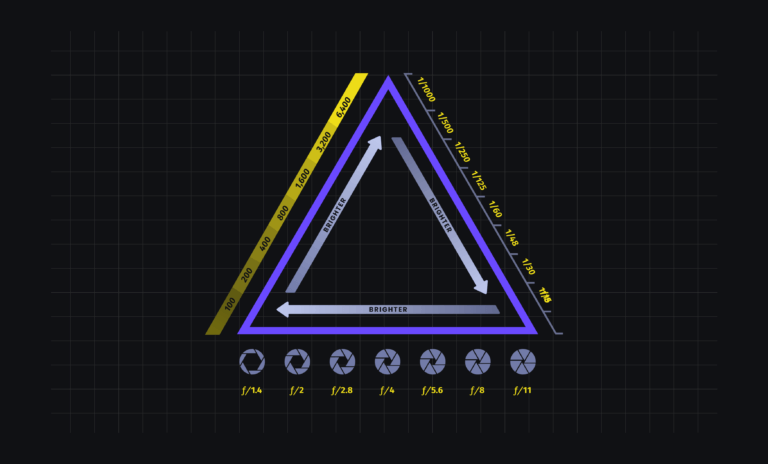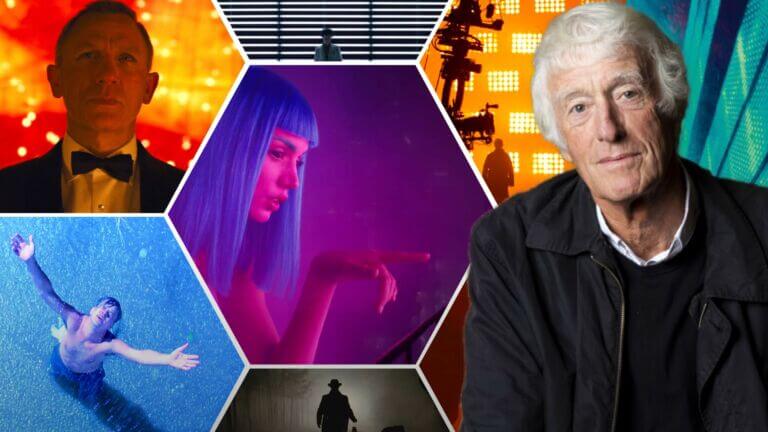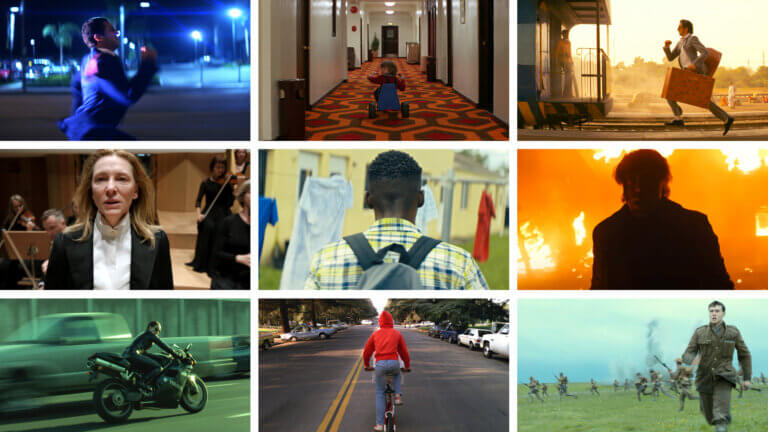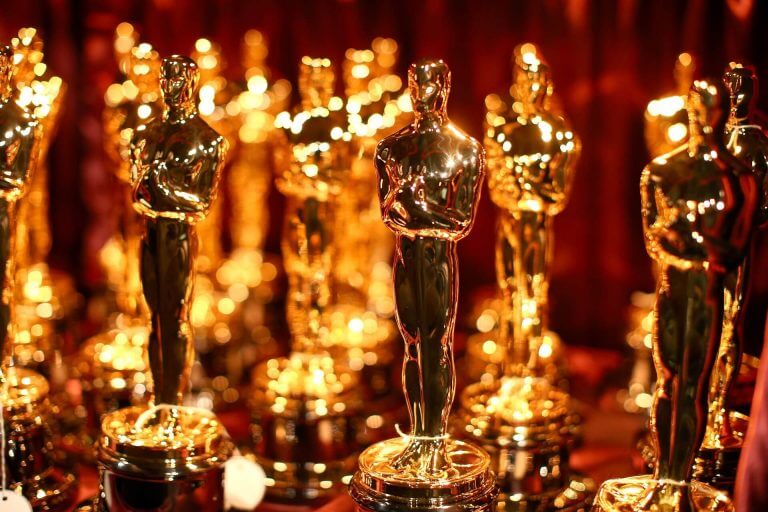Cinematographers obviously play a vital role in making a film, but what decisions do they make on a daily basis? The cinematographer's primary goal is to capture the director's vision. Using lighting, camera, and composition techniques, a DP translates that vision into images. This post goes over the common considerations with explanations from working professionals. Let’s jump in so we can answer that age-old question: what does a cinematographer do?Continue reading What Does a Cinematographer Do? DP Wally Pfister Explains
As an inherently visual medium, cinema massively depends on the craft of cinematography. And behind brilliant cinematography is a brilliant cinematographer. As a role that is quite literally behind the camera, the cinematographer’s role is often misunderstood. What is a cinematographer and what do they do? In this article, we’ll provide some clarity on what a cinematographer is, what they are responsible for, and the steps you can take to become one. Continue reading What is a Cinematographer — And How to Become One
There wouldn’t be film without film lighting. Lighting is as crucial to cinematic storytelling as a script and a subject, and filmmakers have experimented with different lumination techniques for as long as the medium has existed. In this article, we’ll walk you through everything you need to know about lighting for film, from terminology to techniques. Ready to dive into over a hundred years worth of lighting knowledge?Continue reading Film Lighting — The Ultimate Guide (w/ Video & Cheatsheet)
The benefits of using a wide angle camera lens can be found in the work of some of the best filmmakers from Steven Spielberg to Roman Polanski to Stanley Kubrick. What is a wide angle lens used for? The answer to that varies. Wide angle lenses can create visual and psychological effects depending on how they are used. Understanding these different effects is a great way for any filmmaker to learn how to make a scene more immersive. Before we dive into when to use a wide angle lens in film, you may be wondering “What is a wide angle…
Lighting is a key element to the mood of any film. It can be the difference between a happy and cheerful scene or a mysterious and ominous scene. One of the most important lights in any lighting setup is the key light. The key light has a heavy influence on how a shot looks and feels. Let’s take a deep dive into the techniques cinematographers use with a key light to achieve unique visuals and create compelling worlds.Continue reading What is Key Light — Definition & Examples in Photo & Film
Roger Deakins cinematography includes Fargo, Skyfall, Sicario, No Country for Old Men, and finally he won an Academy Award for Cinematography for Blade Runner 2049 and again in 2020 for 1917. While the Academy finally recognized Deakins work, most of us have been in awe of him long before that. We watched Roger Deakins movies, interviews, and used his blog to compile the best Roger Deakins cinematography tips & techniques.Continue reading Roger Deakins Cinematography Tips & Techniques: Complete Guide
Light is responsible for every image captured in both photography and cinematography. How a camera captures light is determined by three variables that make up what is known as the exposure triangle. What is the exposure triangle? How can each one of its three settings be used to capture an image? In this article, we’ll dive in deep into the three variables that create the exposure of an image. We’ll also take a look at an exposure triangle chart that you can save as a reference to create the images you envision. Let’s dive in.Continue reading What is the Exposure…
Shooting projects on a budget can mean limitations on your gear. So how can you maintain a “cinematic” look without a cube truck full of lighting equipment? In today’s post, we’ll examine what exactly it means to have a cinematic look. Then we’ll break down several lighting techniques that are achievable on any budget. Although cinematic lighting is predicated on creative interpretation, these principles of film lighting can form the basis of your creative choices. To show this, we’ve taken several examples of how the best DPs (directors of photography) create specific cinematic effects with thoughtful lighting setups of their…
What is a tracking shot? They are really fun to watch, but difficult to film. We've put together a list of the best tracking shots of all time. Then we break down everything you'll need to consider when blocking and planning a tracking shot in your own projects.Continue reading What is a Tracking Shot — 25 Best Tracking Shot Examples
The Academy Award for Best Director is the most prestigious honor any director can receive -- well, at least in theory it is. You may be shocked to find out that many of “the greatest directors of all-time,” like Alfred Hitchock, Orson Welles, Akira Kurosawa, Stanley Kubrick, Fritz Lang, Ingmar Bergman, and Federico Fellini never won the award. Of all of the Academy Awards, the Best Director category probably has the greatest discrepancy between its winners and its retrospective, critical consensus. No matter though, we’re going to list all of the Academy Award Best Director winners, then we’ll rank some…
